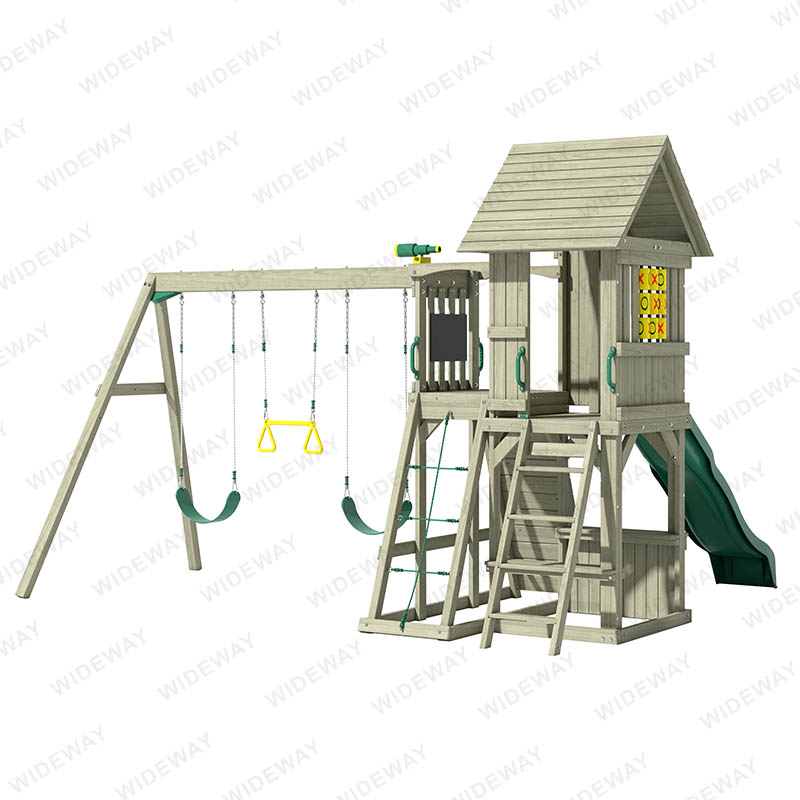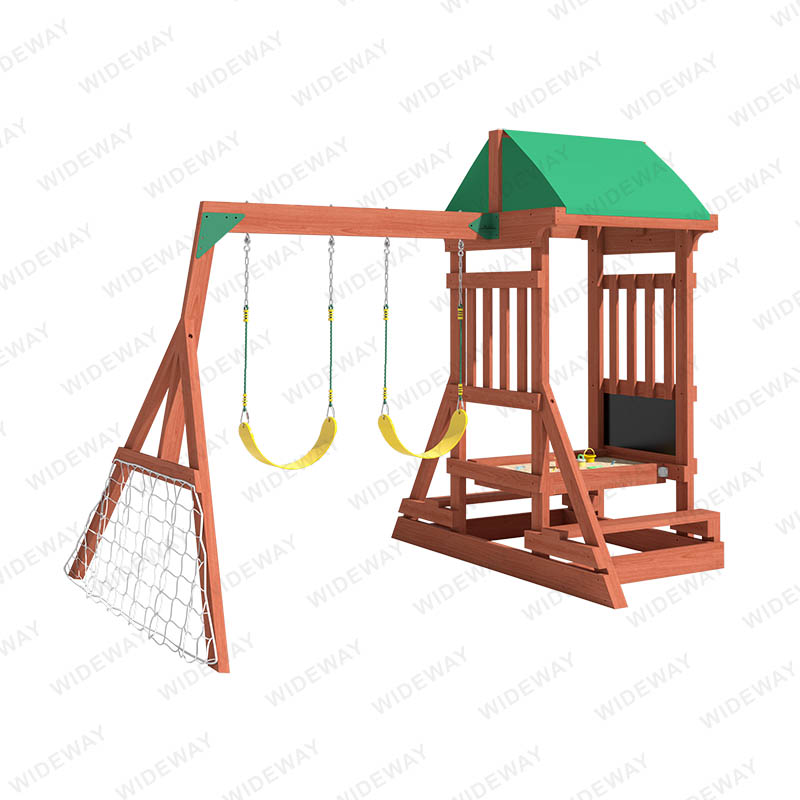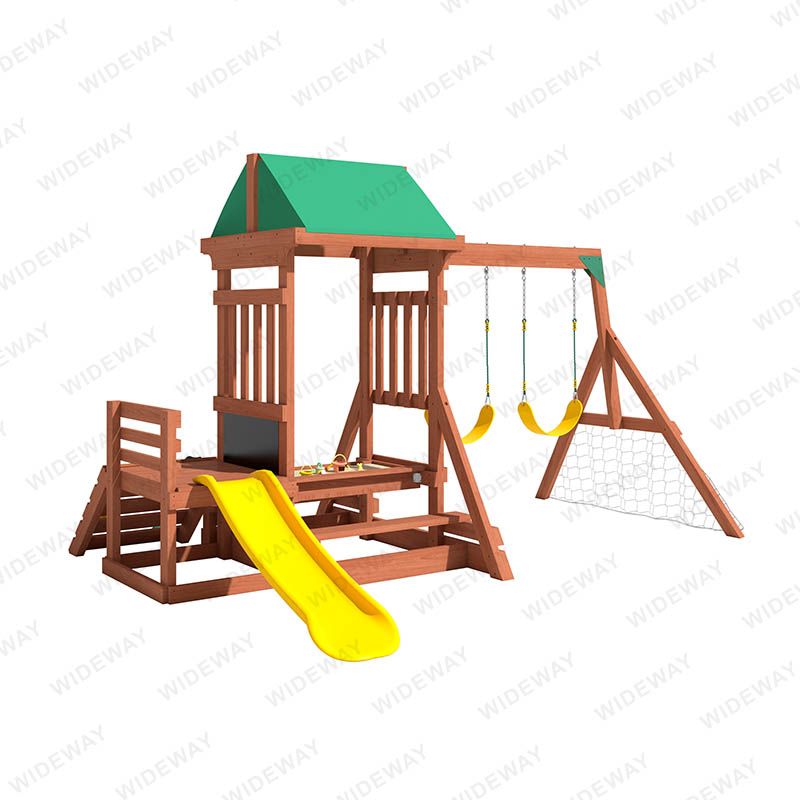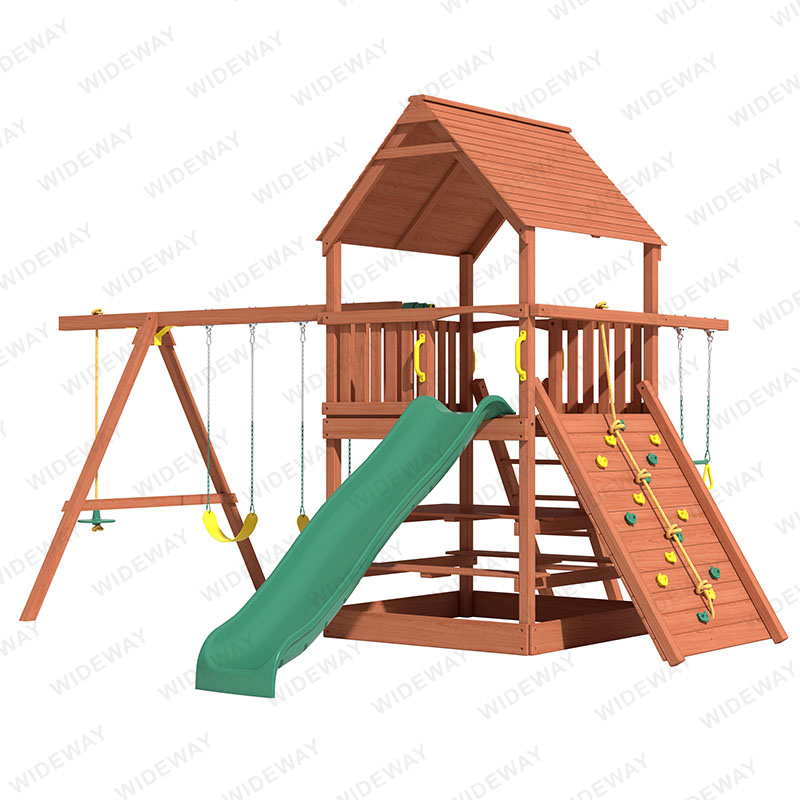What Age is a Play House for?
2024-09-12A play house is typically designed for children between the ages of 2 to 10 years old, although age suitability can vary depending on the size, features, and complexity of the playhouse. Here's a breakdown of how different age groups typically use playhouses:
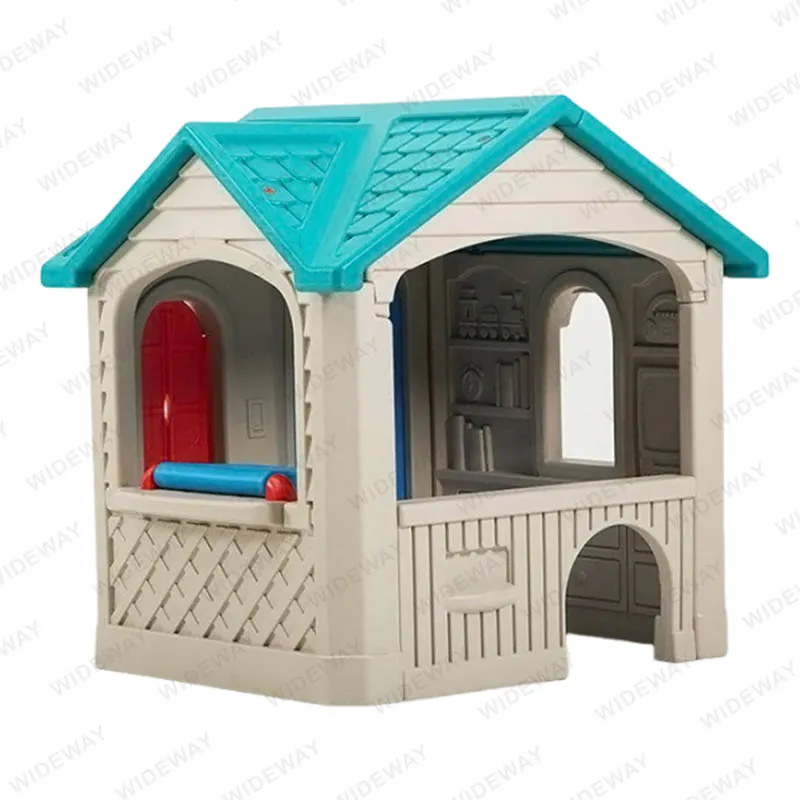
2 to 4 Years (Toddlers):
- Simple Playhouses: For this age group, playhouses are usually small and feature basic designs, often made of plastic for safety. They may include large doors, windows, and minimal furniture, fostering imaginative play like pretend cooking or role-playing.
- Developmental Focus: These playhouses encourage toddlers to explore, enhance motor skills, and develop basic social interactions.
4 to 7 Years (Preschoolers/Young Children):
- Interactive Playhouses: Playhouses for this age group often include more interactive elements like working doors, built-in kitchen sets, or small slides. Wooden or larger plastic playhouses become popular at this stage.
- Developmental Focus: This age group enjoys role-playing, creative storytelling, and group play. They use the playhouse as a space to imagine family roles, explore basic life scenarios, and practice social skills with friends or siblings.
7 to 10 Years (Older Children):
- Complex Playhouses: Older children prefer more elaborate playhouses that may include multiple rooms, climbing features, or accessories like swings or mini climbing walls. Outdoor wooden or modular playhouses are popular for this age group.
- Developmental Focus: These playhouses encourage more advanced role-playing, team activities, and outdoor physical play. Children also use playhouses as a space for independent play or small gatherings with friends.
Factors Affecting Age Suitability:
1. Size and Complexity: Larger, multi-level playhouses with intricate features tend to appeal to older children, while smaller, simpler designs are ideal for younger kids.
2. Material: Plastic playhouses are usually designed for toddlers and younger children due to their lightweight and safety, while wooden playhouses are better for older children, providing sturdiness and space for customization.
3. Safety: For toddlers and younger children, playhouses need to have rounded edges, no small removable parts, and be made from non-toxic materials.
Conclusion:
- Toddlers (2-4 years): Basic, safe, and imaginative playhouses.
- Preschoolers (4-7 years): Interactive, creative, and role-play-focused designs.
- Older children (7-10 years): Larger, more complex, and physically engaging playhouses.
Ultimately, the right play house should match a child's developmental stage, interests, and physical abilities.
Ningbo Longteng Outdoor Products Co., Ltd. (belonging to Ningbo Wideway). Our company covers an area of more than 10,000 square meters, has more than 100 employees, and has a professional scientific research and technical team with 16 years of industry experience, has product development and innovation capabilities, and supports OEM and ODM. Visit our website at https://www.nbwidewaygroup.com/ to learn more about our products. For inquiries, you can reach us at sales4@nbwideway.cn.

